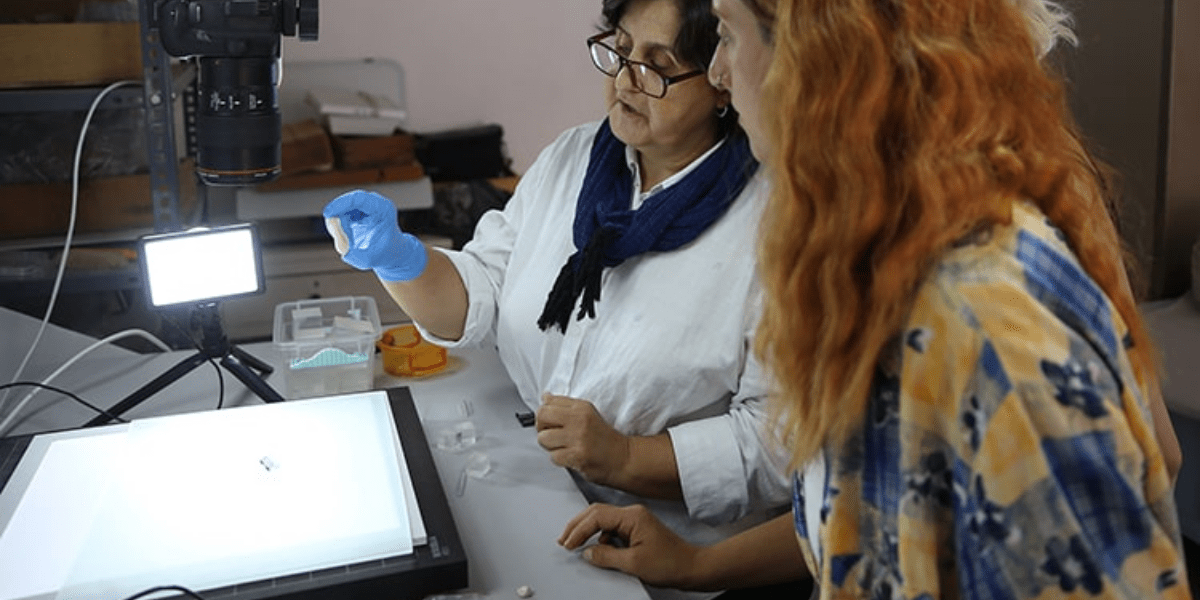
Archaeologists have discovered a 4500-year-old goddess figurine in Pergamon
Archaeologists discovered a 4500-year-old goddess figurine during a surface survey conducted in the Bakırçay plain near the ancient city of Pergamon.
The ancient city of Pergamon, located in the modern-day district of Bergama in İzmir, is considered one of the most important centers of the ancient world. It was the capital of the Kingdom of Pergamon, established in the 3rd century BC.
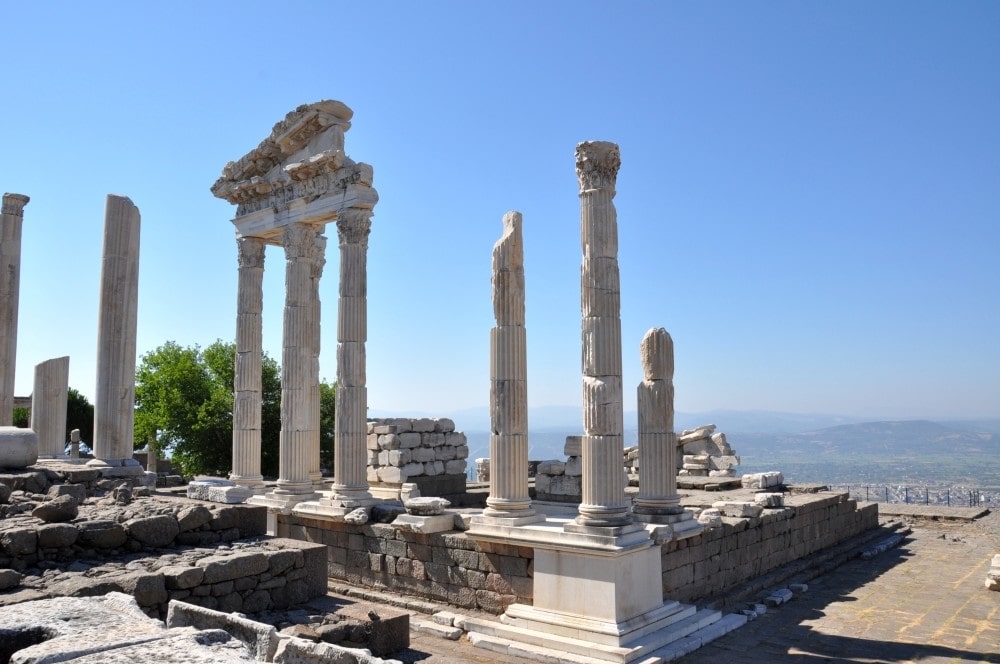
Pergamon is notable for being built on a steep hill. Among its most magnificent structures is the Temple of Trajan, dedicated to the Roman Emperor Trajan.
Pergamon, listed as a Multilayered Cultural Landscape on the UNESCO World Heritage List, is home to significant historical sites such as the Asklepion, where one of the world’s first psychotherapy methods was practiced, and the Red Basilica, which is one of the seven churches mentioned in the Bible.
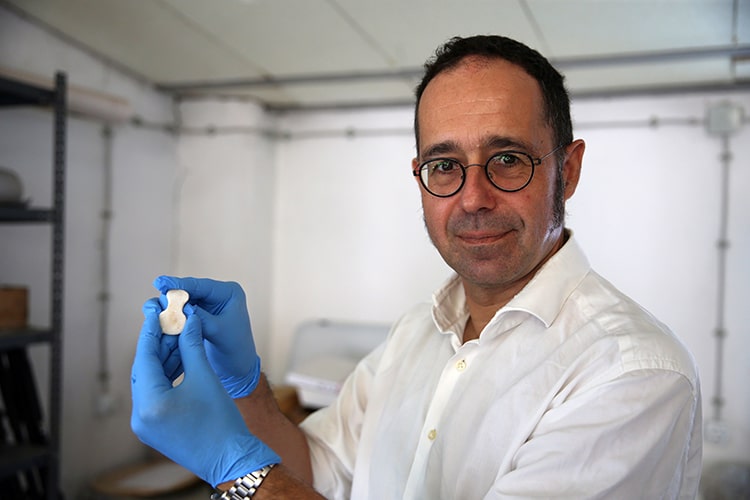
In a surface survey conducted by a team from the German Archaeological Institute and Turkish experts, a 4.5-centimeter tall marble goddess figurine was found, dating back to the Bronze Age and believed to be part of a prehistoric belief system.
The excavation director and head of the German Archaeological Institute, Prof. Felix Pirson, stated, “The approximately 4.5-centimeter marble idol (goddess figurine) we found in a mound is the most significant discovery of this year. It dates back roughly 4500 years. The small marble figure represents a human. It is not very detailed, but it resembles a piece of modern art. We believe this idol is related to a cult from the Bronze Age. It could possibly represent a goddess or the founder of that region. We do not know for sure, but we understand that it was very important to the people of that time. The idol we found is similar to those from Troy. This initial discovery is very important for us because it shows how advanced the culture was in this area.”
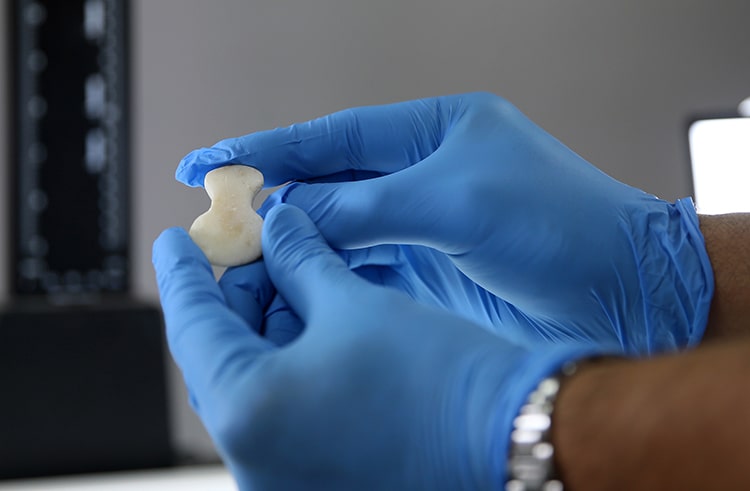
“Generally, we do not have much information about the prehistoric period of Western Anatolia. We know Troy well, but we had very little information about the entire Bakırçay plain. Such a discovery has become very significant for this area. This idol demonstrates that this region is not just a poor agricultural area, but rather a place of high culture.”
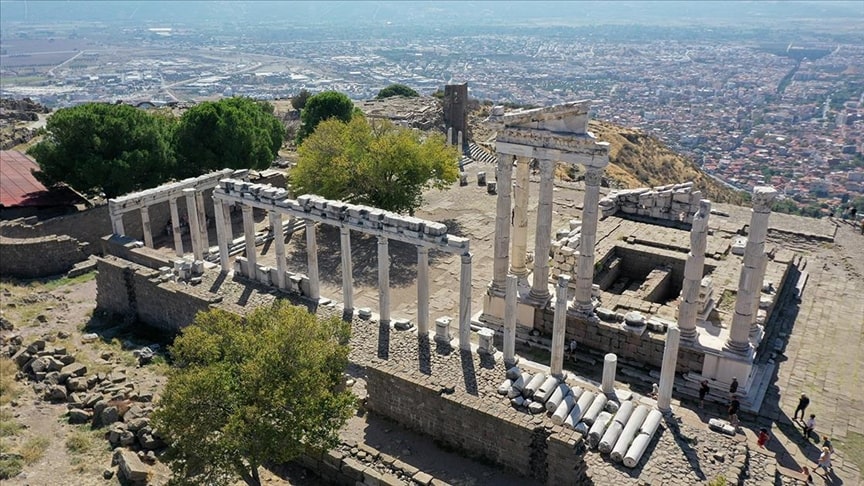
Manisa Celal Bayar University Archaeology Department faculty member and Deputy Head of the Pergamon Ancient City Excavation, Assoc. Prof. Güler Ateş, stated that the idol indicates it is part of a specific belief geography in Bergama and its surroundings.
Ateş noted that a similar figurine has been found in Troy, saying, “It is one of the typical idols found in Western Anatolia. Its significance for us lies in the fact that such an idol has not been discovered in Bergama and its vicinity until now. Therefore, it is very important.”
Cover Photo: Ahmet Bayram/AA
You may also like
- A 1700-year-old statue of Pan unearthed during the excavations at Polyeuktos in İstanbul
- The granary was found in the ancient city of Sebaste, founded by the first Roman emperor Augustus
- Donalar Kale Kapı Rock Tomb or Donalar Rock Tomb
- Theater emerges as works continue in ancient city of Perinthos
- Urartian King Argishti’s bronze shield revealed the name of an unknown country
- The religious center of Lycia, the ancient city of Letoon
- Who were the Luwians?
- A new study brings a fresh perspective on the Anatolian origin of the Indo-European languages
- Perhaps the oldest thermal treatment center in the world, which has been in continuous use for 2000 years -Basilica Therma Roman Bath or King’s Daughter-
- The largest synagogue of the ancient world, located in the ancient city of Sardis, is being restored











Leave a Reply